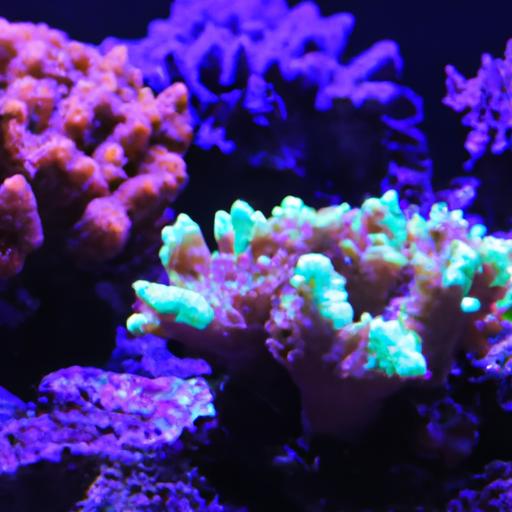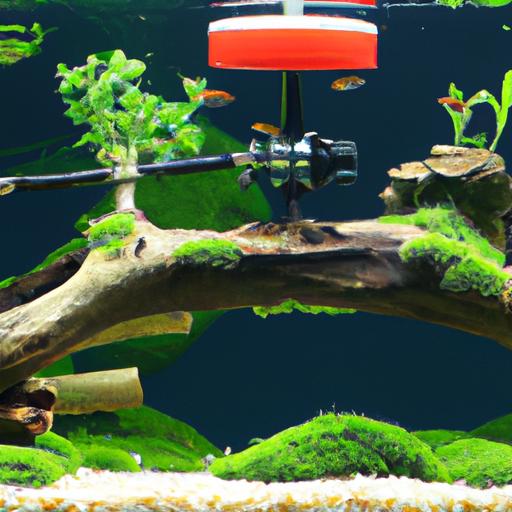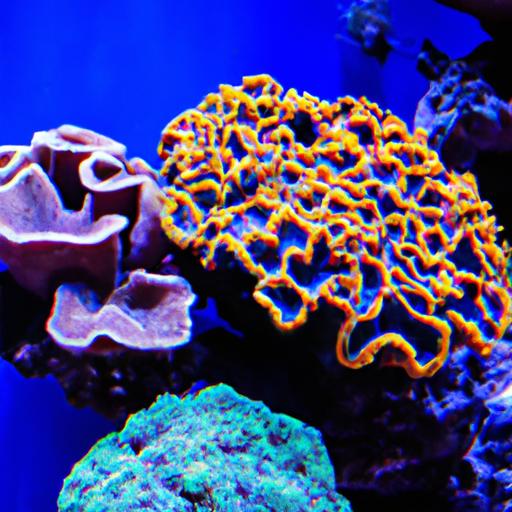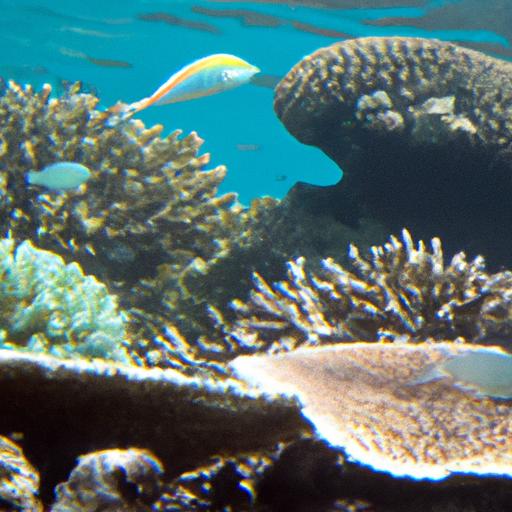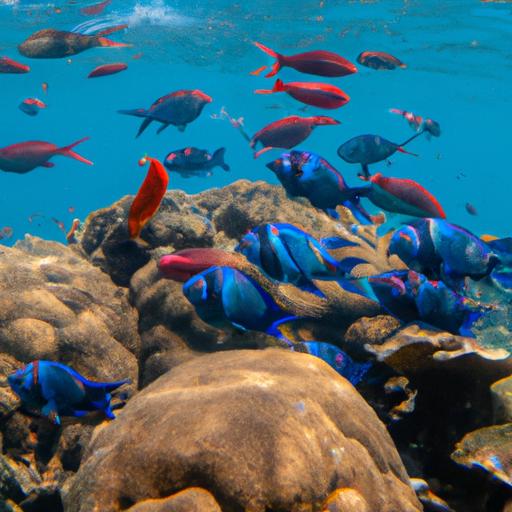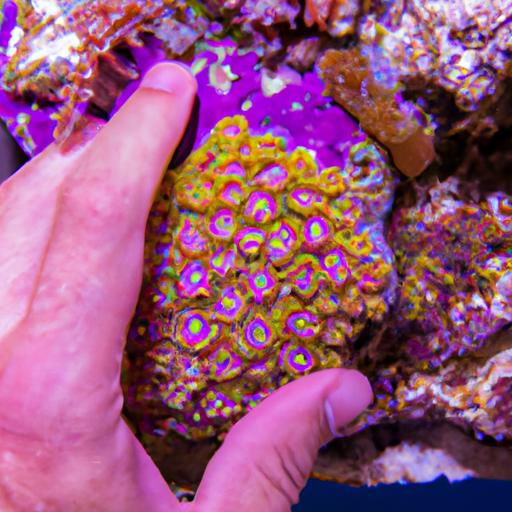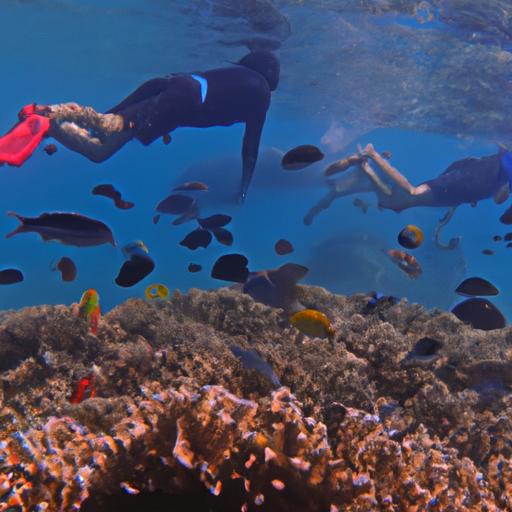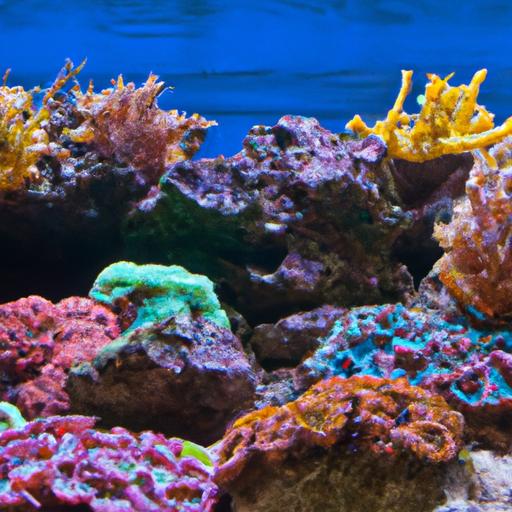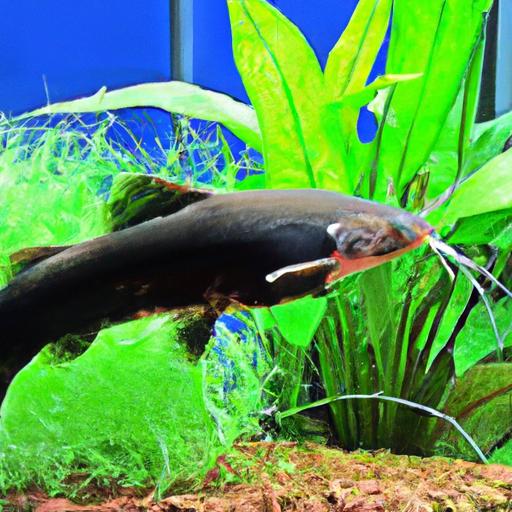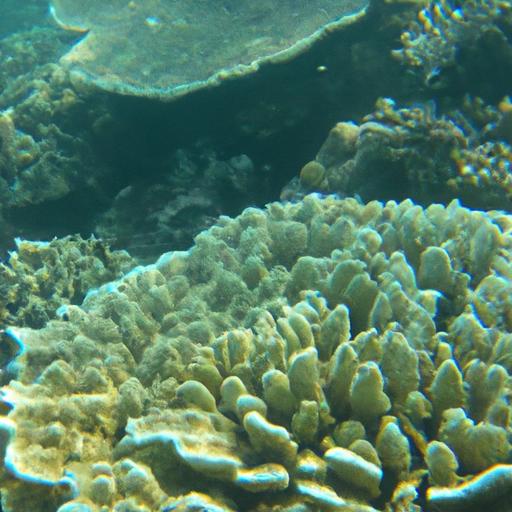
Coral Polyps: Understanding the Foundation of Coral Colonies
Discover the fascinating world of coral polyps! Dive into “Coral Polyps: Understanding the Foundation of Coral Colonies” and unravel the secrets of coral reef ecosystems.
Introduction
Coral reefs are not only breathtakingly beautiful but also serve as vital ecosystems supporting a diverse range of marine life. At the heart of these magnificent structures lies a key building block: coral polyps. Understanding the intricate world of coral polyps is essential for comprehending the foundation and survival of coral colonies. In this article, we will delve into the fascinating realm of coral polyps, exploring their anatomy, life cycle, and vital role in coral reef ecosystems.
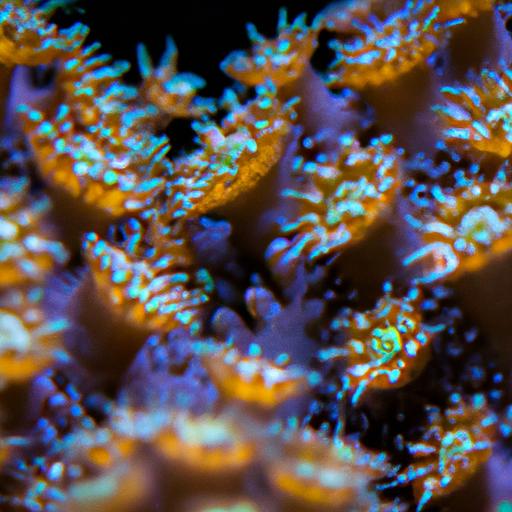
Understanding Coral Polyps
To truly appreciate the importance of coral polyps, it is crucial to understand their definition, characteristics, and anatomy. Coral polyps are tiny, soft-bodied organisms belonging to the phylum Cnidaria. They are classified as colonial animals, meaning they live in groups, forming vast coral colonies. Each individual polyp is typically only a few millimeters in size but collectively contributes to the growth and structure of coral reefs.
Anatomy of Coral Polyps
Coral polyps possess a unique anatomy that enables their survival and the formation of coral colonies. Let’s explore the key components of their structure:
-
Tentacles and Feeding Mechanism: Coral polyps have a ring of tentacles surrounding a central mouth. These tentacles are armed with stinging cells called nematocysts, which they use to capture prey such as plankton. The polyps then extract nutrients from their catch, primarily through a process called filter feeding.
-
Calcium Carbonate Skeleton Formation: One of the most remarkable features of coral polyps is their ability to secrete a calcium carbonate skeleton. This skeleton provides structural support and forms the basis of coral colonies. Over time, as individual polyps continue to grow and secrete calcium carbonate, they contribute to the development of intricate coral formations.
Reproduction and Life Cycle of Coral Polyps
Coral polyps employ both asexual and sexual reproduction methods to ensure the survival and expansion of coral colonies. Understanding their reproductive processes is essential for comprehending the growth and diversity of coral reefs.
-
Asexual Reproduction: Coral polyps can reproduce asexually through a process called budding. During budding, a new polyp develops as an outgrowth from the parent polyp. This method allows for rapid colony expansion and is particularly significant during favorable environmental conditions.
-
Sexual Reproduction: Sexual reproduction plays a crucial role in genetic diversity and the long-term survival of coral colonies. Once a year, coral colonies release eggs and sperm into the water during a synchronized event known as coral spawning. Fertilization occurs externally, and the resulting zygotes develop into free-floating larvae. These larvae, called planulae, eventually settle on a suitable substrate and metamorphose into juvenile polyps, starting the cycle anew.
-
Larval Stage and Settlement: The larval stage of coral polyps is a critical phase in their life cycle. The planulae spend several days to weeks drifting in the ocean currents, vulnerable to predation and environmental factors. Once settled, they attach themselves to a suitable substrate, such as existing coral structures or rocks, and begin their growth as individual polyps. The successful settlement of larvae is crucial for the expansion and survival of coral colonies.
FAQ about Coral Polyps
How do Coral Polyps Obtain Energy?
Coral polyps primarily obtain energy through a process called symbiosis. They form a mutually beneficial relationship with photosynthetic algae known as zooxanthellae, which live within their tissues. The polyps provide shelter and nutrients to the algae, while the algae, through photosynthesis, produce energy-rich compounds that sustain the polyps.
What Threats do Coral Polyps Face?
Coral polyps face numerous threats, many of which are caused by human activities. Some of the major threats include:
- Ocean acidification: Increasing carbon dioxide levels in the atmosphere lead to the absorption of carbon dioxide by the ocean, resulting in acidification. This makes it difficult for coral polyps to build their calcium carbonate skeletons, hindering their growth and survival.
- Rising sea temperatures: Climate change-induced warming of the oceans leads to coral bleaching, a phenomenon where the symbiotic relationship between coral polyps and zooxanthellae breaks down, causing the polyps to expel the algae and turn white. This not only weakens the coral but also increases its susceptibility to disease and mortality.
- Pollution and sedimentation: Runoff from coastal development, agricultural practices, and improper waste disposal introduce pollutants and sediments into coral reef environments. These pollutants can disrupt the delicate balance of coral ecosystems and harm coral polyps.
- Overfishing and destructive fishing practices: Unsustainable fishing practices, such as the use of dynamite or cyanide, can directly damage coral colonies and disrupt their fragile ecosystems.
How Fast do Coral Polyps Grow?
The growth rate of coral polyps varies depending on multiple factors, including species, environmental conditions, and nutrient availability. On average, coral polyps grow between 0.3 to 2 centimeters per year. However, under optimal conditions, certain species can exhibit significantly higher growth rates.
Can Coral Polyps Survive in Different Environments?
Coral polyps have adapted to thrive in a range of marine environments, including tropical and subtropical regions. While they are most commonly associated with coral reefs, some species of coral polyps can also inhabit deep-sea environments, rocky shores, and even cold-water regions. However, their distribution is heavily influenced by factors such as temperature, light availability, and water quality.
What is the Role of Coral Polyps in Coral Bleaching?
Coral polyps play a central role in coral bleaching events. When stressed by factors such as increased water temperatures or pollution, coral polyps expel their symbiotic zooxanthellae, leading to the loss of the algae’s vibrant colors. This not only affects the visual appeal of coral reefs but also weakens their resilience and ability to survive.
Conclusion
Understanding the world of coral polyps is crucial for appreciating the foundation and survival of coral colonies. These remarkable organisms, with their unique anatomy and reproductive processes, form the building blocks of vibrant and diverse coral reefs. By comprehending the challenges they face and the vital role they play in maintaining healthy ecosystems, we can work towards protecting and conserving these invaluable natural wonders for future generations. Let us join hands in safeguarding the delicate balance of coral polyps and the majestic coral colonies they create.
References:
(List any references used to write the article here)
